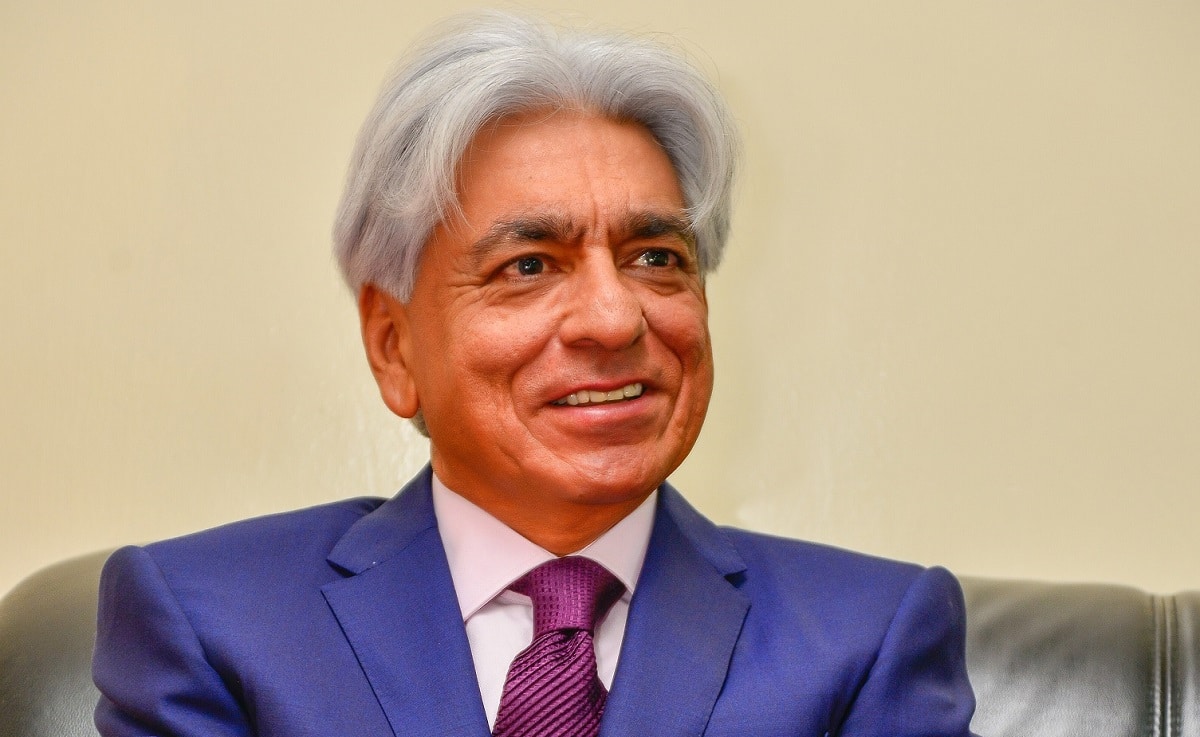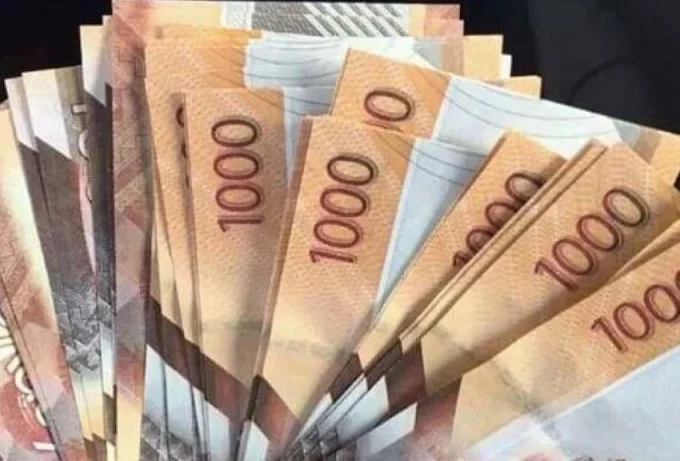State-owned power distributor Kenya Power posted a Ksh1.1 billion loss for the six-month period ended December 2022. It was a decline from the Ksh3.82 billion net profit posted in the preceding six-month period.
The loss was attributed to the 15 percent reduction in electricity prices effected by the state last year, as well as the weakening shilling. The 15 percent tariff cut was effected under former President Uhuru Kenyatta’s administration in January 2022.
It was scrapped in December 2022, a move advocated for by the International Monetary Fund (IMF). President William Ruto has also maintained that subsidies including the power subsidy are unsustainable.
The Kenyan shilling, on the other hand, lost more than 8% against the dollar in 2022, hitting record lows on multiple occasions.
Operating costs hit Ksh21.7 billion in the second half of 2022, up from Ksh19.1 billion. Kenya Power attributed this to higher foreign exchange losses on the back of the revaluation of foreign currency-denominated payments owed to power generators.
READ>Inside Raila’s Multi-Billion Energy Empire
In H2 2022, Kenya Power also saw revenue from contracts with customers dip to Ksh83.57 billion from Ksh86.67 billion. The cost of sales rose to Ksh66.1 billion from Ksh55.3 billion. The decline in revenue came despite a four percent growth in electricity sales to 4,764GWh for the half-year period.
“The growth in sales was driven mainly by growing energy demand occasioned by increased economic activities and an expanded customer base,” Kenya Power noted.
Record-high fuel prices during the period under review also drove Kenya Power’s fuel costs for the six-month period up to Ksh15.08 billion from Ksh10.87 billion.
In a statement, Kenya Power wrote: “This drop (in profitability) is attributable to increased foreign exchange losses, and the implementation of the 15 percent reduction of the end user electricity tariff as recommended by the Government in January 2022.”
READ>Meet Tanzanian Gas Billionaire Entering Kenyan Market

![Kenya Power technicians pictured in Mombasa. [Photo/ NMG]](https://businesstoday.co.ke/wp-content/uploads/2023/02/kenya-power-1-.jpg)











Leave a comment